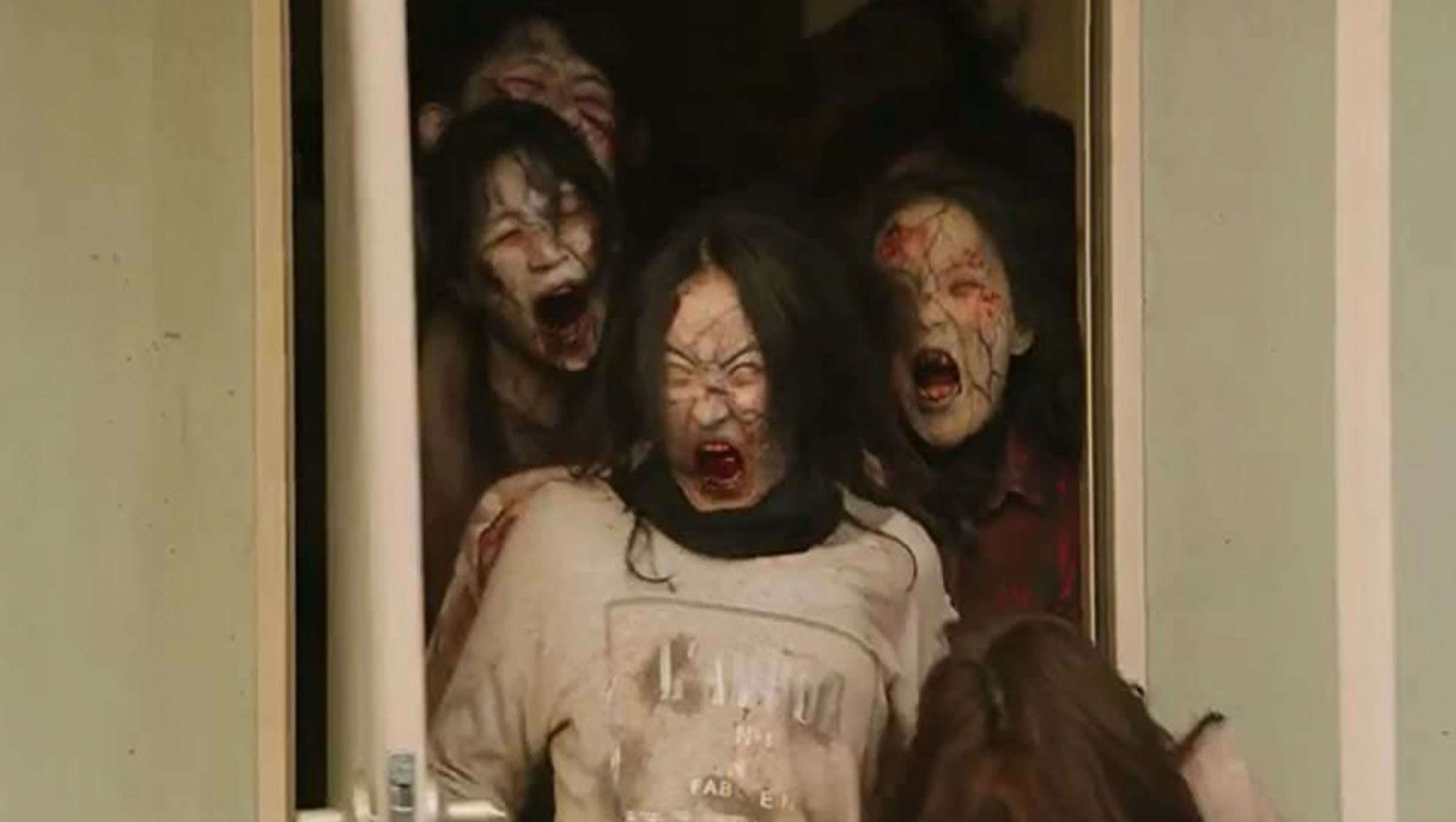Create a free profile to get unlimited access to exclusive videos, sweepstakes, and more!
Zombie storms and hurricanes are reanimating in the horror movie we call 2020

Out of the many undead things that shamble around — zombie ants, raccoons, even deer — this has to be one of the strangest. That might be because it was never really alive to begin with.
Storms may not be living, breathing organisms craving brains as they wake from a tetradotoxin coma, but they are still monsters. We used to think we could sigh in relief when they lose heat and power and dissipate into nothingness. At least we believed that one storm was gone until the next one sucked up its power from the heat of the tropics, but now some hurricanes and tropical storms thought to have died down are getting reanimated and revving up to wreak even more havoc. It was only R.I.P. for Hurricane Paulette until she recently rose from her watery grave as a tropical storm ripping across the Atlantic. Reanimating storms were thought to be rare until now.
Because the dumpster fire that is 2020 really needed such a phenomenon. Really. At least it gave us #Alive (above).
"Tropical storms are becoming more intense and can cause more damage," Donald Wuebbles, Professor of Atmospheric Sciences at the University of Illinois, told SYFY WIRE. "The issue is the increasing intensity of tropical storms, an increasing intensity of hurricanes that increasingly cause concerns for humanity and infrastructure when they reach land."
Blame global warming, meaning, blame just about every human on the planet for resuscitating these beasts. Oops. Hurricanes come into being as low-pressure systems creeping through the hot, humid tropics. Warm air rises into the nascent storm as it makes its way westward, forming that low-pressure area into which more air rushes. That air cools as it rises and explodes into massive clouds and thunderstorms. Water that condenses in these clouds releases even more heat fuel as it forms raindrops. Now add the greenhouse effect.
Gaseous emissions such as CO2, methane and nitrous oxides stuck in the lower atmosphere trap solar heat and radiate it back. More heat means more power, especially over the ocean where storms encounter no friction to stop them from growing into the behemoths they can get to be.
Hurricanes aren’t just an Earth thing. They evidently form the same way on Jupiter, except those hurricanes are actually cool because they look like UFOs and cause no devastation to us.
Hurricane Paulette first came to life earlier this month as one of five active tropical cyclones in the Atlantic, something that has only been seen once before. She then roared over Bermuda as a Catergory 1 hurricane, with winds up to 95 mph, whose ferocity quickly leveled up to Category 2, whose winds swirled at up to 110 mph until interacting with the friction from land slowed her down into a post-tropical low-pressure system. She still continued to blow wind and rain until she was thought to be dead. Then she reawakened out of nowhere off the coast of Portugal just last Monday. With water temperatures rising above average over most of the Atlantic Ocean this year, it should be no surprise that a once-dead hurricane rose with them.
"With the ocean warming overall and in particular for us in the gulf, tropical storms can pick up much more energy from the oceans as they travel across the Atlantic," Wuebbles said. "When one considers that there is more energy overall in the system, both in the atmosphere and the oceans, as a result of the changing climate, this means that storms can become more energized and intense as they develop. So some storms that might have otherwise died out get reenergized."
It wasn’t a zombie bite that brought Paulette back as an undead tropical storm. She wasn’t completely dead. She was rattling out her last breaths and on the verge of dissipating, though her vortex was still there and could be tracked. An injection of tropical heat brought her back to life. This is why Jupiter’s storms never go away; they don’t have to worry about land getting in their way and weakening them with friction. The only things under Jovian hurricanes are gas and vapor, and with the planet retaining heat from its formation in places the sun doesn't reach, they can power up just about anywhere.
Just be glad we don’t live on Jupiter or anywhere without land, because with the amount of power storms would be able to gather, they wouldn’t even need to zombify.


























